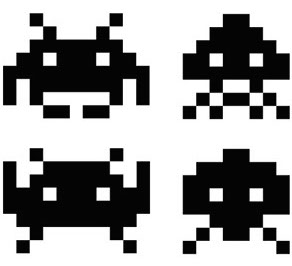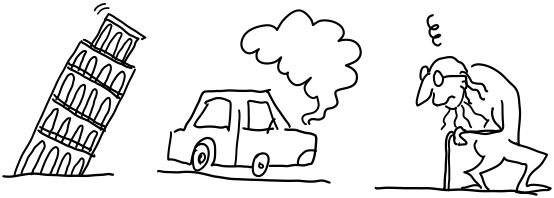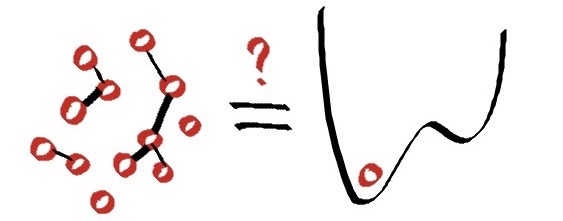We also found that the physical characteristics such as diffusion lengths, flow patterns, and molecular decay rates play a significant role in governing whether a microbial community will evolve specialist or generalist forms of cooperation. Read. Although cheating behavior is often devastating for social species, we have discovered that in special cases, cheating can, counterintuitively, benefit the community. This will happen, in the context of a disease or tumor, where rapid growth can be beneficial. Cheaters fueled by altruists will expand rapidly, and overwhelm the host immune system. Read. Rewinding Randomness
|
||||||||||||||||||||
Theoretically relevant information such as original causes or underlying mechanisms are seldom directly observable. For example, one can easily measure the amount of proteins expressed in a cell but not necessarily know what interactions lead to the particular expression pattern. One can observe a certain species decline in numbers, but not exactly know which ecological relationship, or what triggering event causes the decline. When a virus spreads seemingly spontaneously, or when an invasive species expands its range, it is very difficult to know where it exactly came from, or its evolutionary trajectory that lead to its final success.
We develop algorithms and formulae to infer causal origins from raw empirical data, such as identifying the original trigerring event given an observed final state. Read.
Entropic Forces
|
|
Slow Demons
A Maxwell's demon is a hypothetical device that opens and closes a gate separating two chambers filled with gas, based on its observations of approaching gas molecules. This way it sorts the atoms and reduces the entropy of the system. This thought experiment has been instrumental in establishing the connections between information, computation and thermodynamics for over a century.Here we take into consideration the finite response time and finite size of the demon. For example, the gate cannot operate faster than the speed of light. These limitations establish theoretical upper limits toheat and mass transfer via local information processing. Read.
Ecological
Evolution
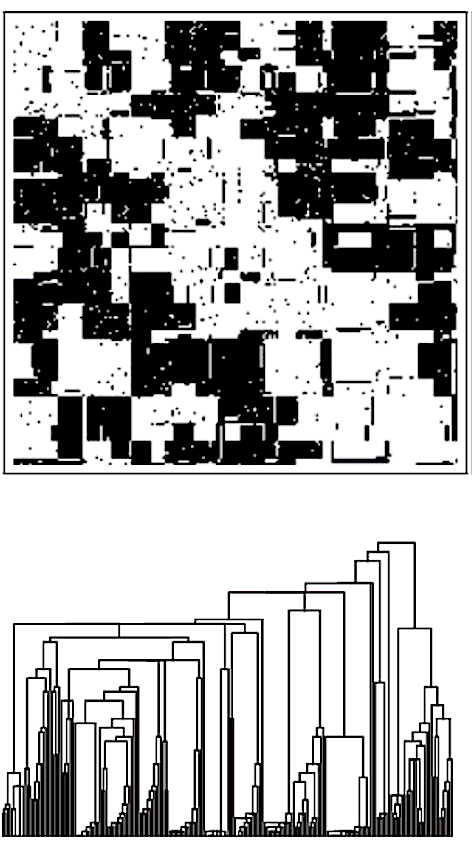
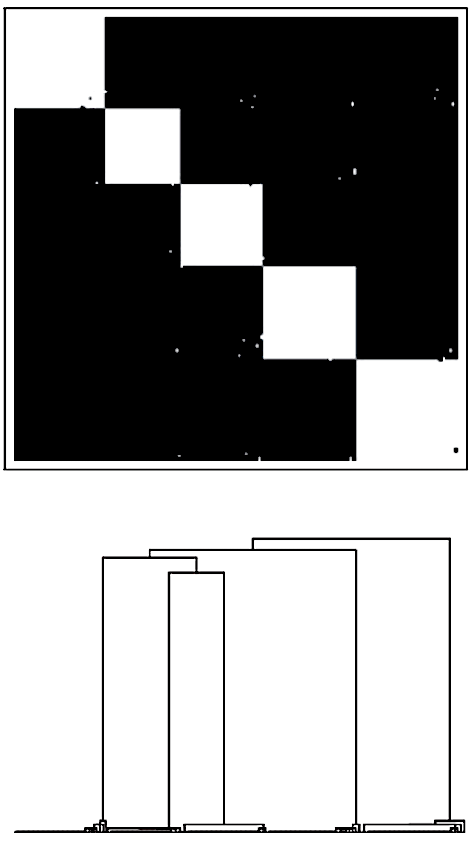
Start with a large number of unrelated species, put them together and wait for many generations. Eventually the interactions between them evolve into a tangled web of exchanges - so much, that no species can survive in isolation. Above are connectivity matrices and phylogenetic trees of two such communities subject to different selective pressures. Higher pressures (right) leads to the formation of specialized communities. Read.
Model Awareness
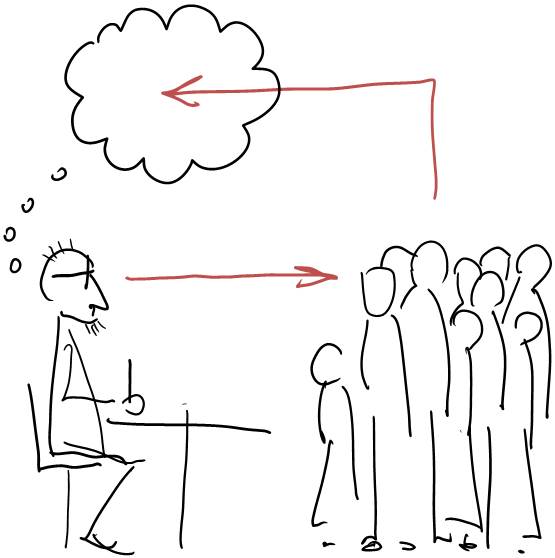
A model need not be a passive descriptor of its subject. If the subject is affected by the model building process, the model must be updated in real time. In some cases, the very act model building can cause the otherwise correct model to fail, or cause an otherwise incorrect model to succeed. In other cases, attempting to predict the future can be detrimental to the predictor. Read.
| |
Active Inference
Scientific inference involves obtaining the unknown properties or behavior of a system in the light of what is known, typically, without changing the system. We propose an alternative to this approach: a system can be modified in a targetted way, preferrably by a small amount, so that it becomes more predictable or more retrodictable. Read.Quantization of Temperature
Temperature is conventionally defined in terms of the number of “possible" microstates, given a set of macroscopic constraints such as total energy or particle number. It is a remarkable that an information theoretical quantity can connect so well to physical observables, such as the hight of a mercury collumn, or the volume of a baloon.lead to its final success.Here we offer an alternative view of temperature, and propose that temperature must be reformulated as a non-local non-realistic quantum variable. We demonstrate that if a large but finite system is split into two subsystems, their temperatures must get entangled. As such, an operator description of temperature becomes necessary to avoid an EPR-type causality violation. In this new picture, temperature is subject to the constraints of quantum mechanics, where its measurement must necessarily accompany a wavefunction collapse into a "temperature eigenstate". Read.
